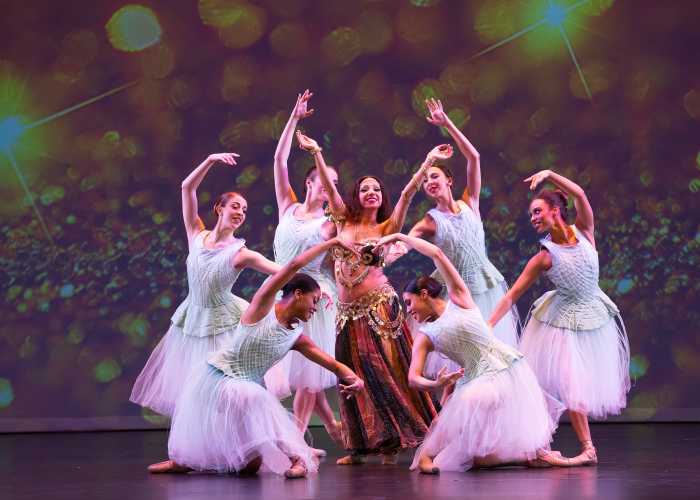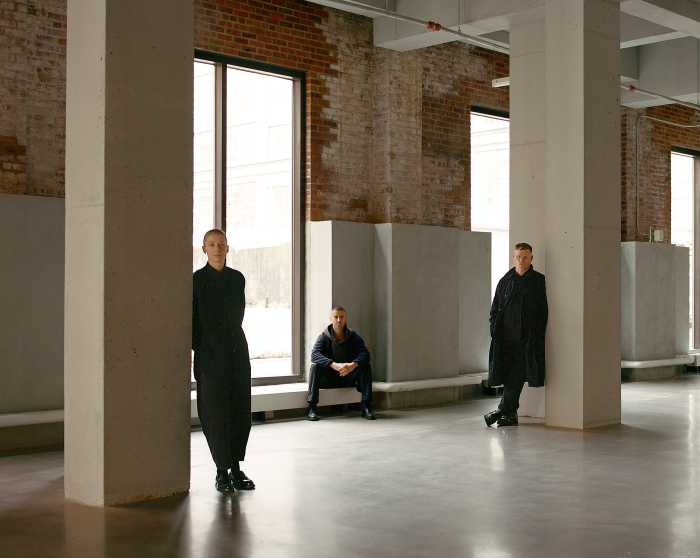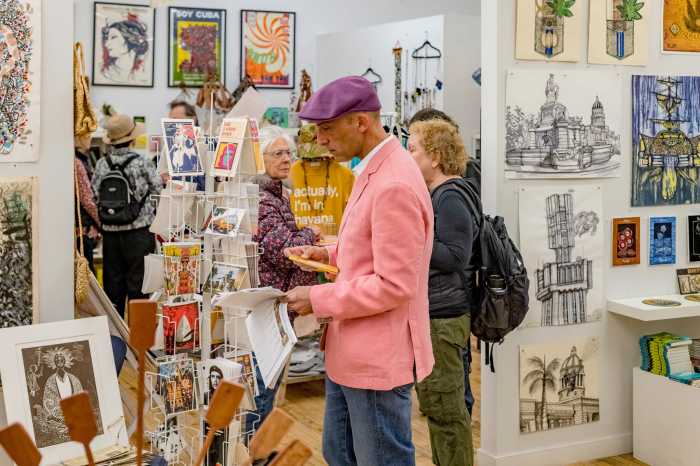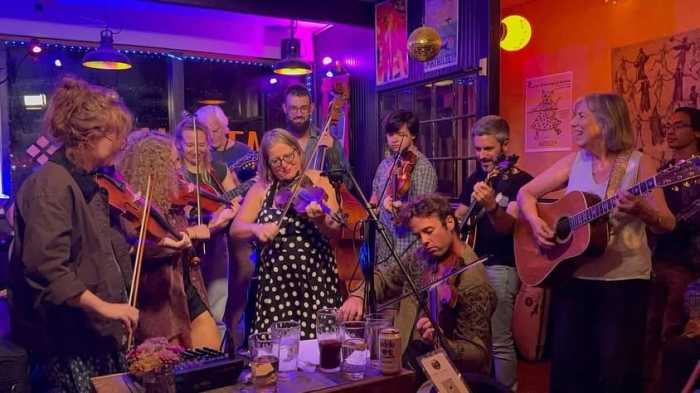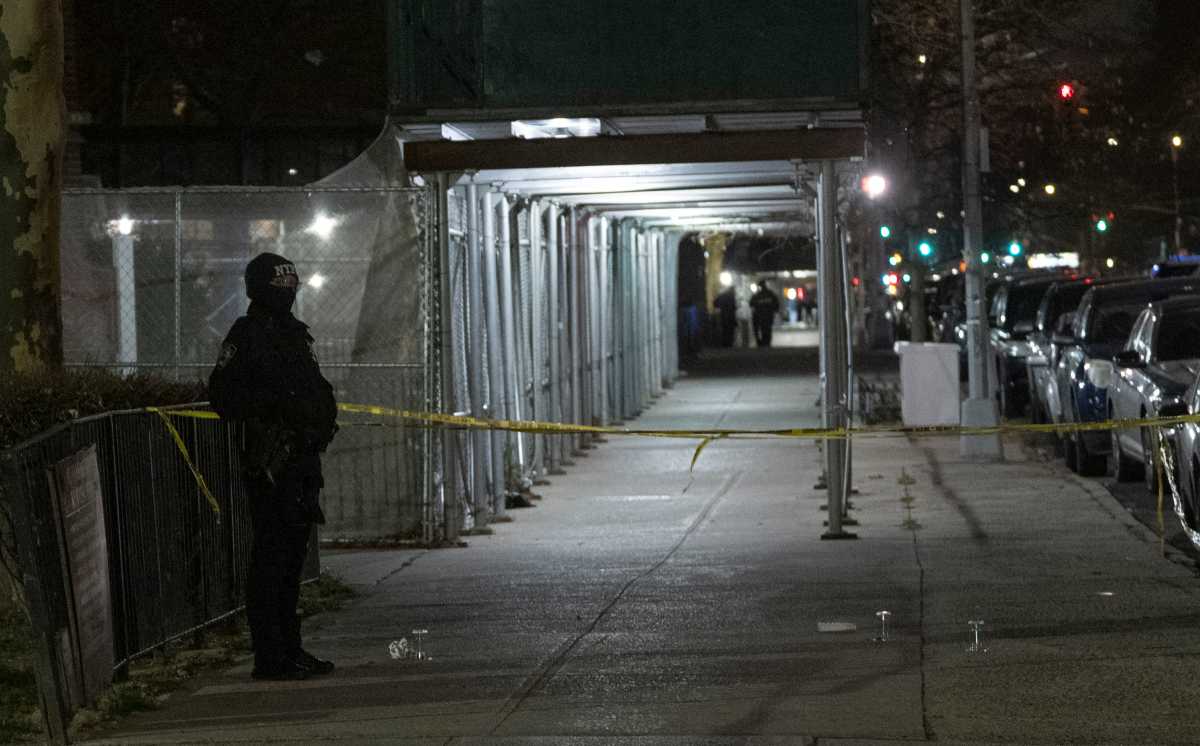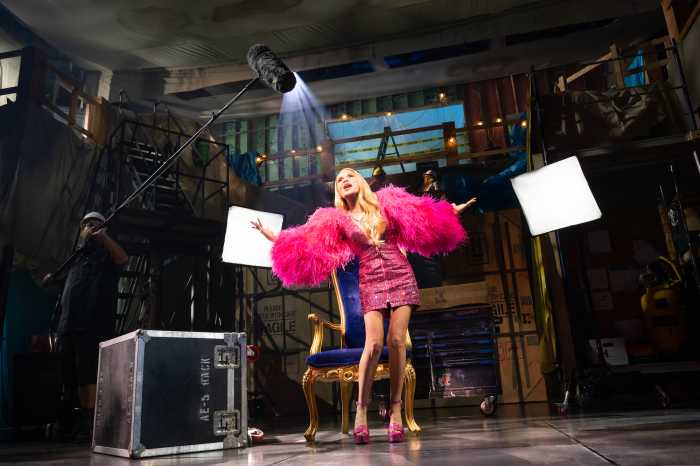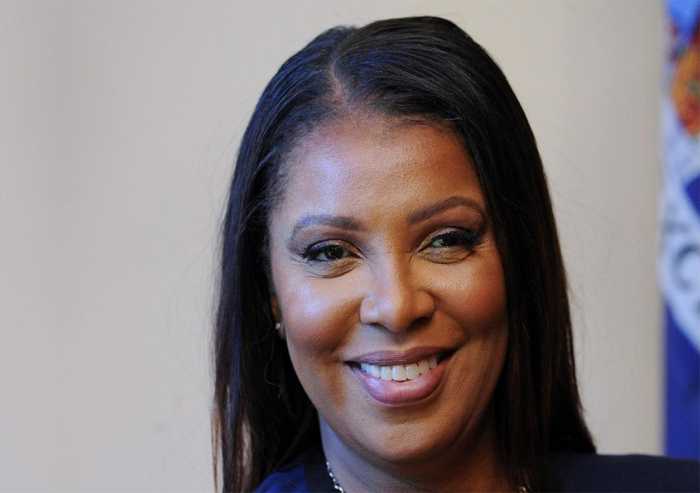As Mayor Rudolph Giuliani and the City Council try to mend the
enormous budget hemorrhage left in the wake of the World Trade
Center attack, new victims – employees of Brooklyn’s cultural
institutions – are piling up in unemployment offices every day.
While the mayor announced a 15-percent budget freeze on all city
spending, Brooklyn’s arts and cultural institutions – already
trimmed of fat by city cuts in the early ’90s – particularly
felt the recent machete blow and are now, they say, cutting to
the bone.
The City Council must now debate Giuliani’s budget modification,
and the next 30 days will tell if the 15 percent stays in effect
– or grows larger.
According to Marya Warshaw, founding director of the 10-year-old
Brooklyn Arts Exchange, the group is eliminating its Fall 2002
performance season and 25 percent of its senior staff members
due to the anticipation of drastically diminished funding. These
months following the World Trade Center attack, said Warshaw,
"have been a burden on everyone. Arts organizations have
to share in that burden, but not take a bigger chunk."
Warshaw explained that the many services Brooklyn’s arts and
cultural organizations provide might not be readily apparent.
"We’re responsible for the stability of communities, after
school education and arts within the school day," she said.
In the midst of the holiday season, difficult decisions had to
be made by the leaders of the borough’s cultural institutions
to deal with the budget crunch.
The result has been layoffs, reduced hours and docked pay.
In some instances, services to the public have been compromised.
In the case of the Brooklyn Public Library, which had to bear
a $7.47 million budget cut, the Sunday hours of 16 neighborhood
branches have been suspended. The Library could not confirm at
press time whether staff had been cut.
But all of the spokesmen agreed that when it came to the future
of Brooklyn’s cultural institutions additional cuts to their
budgets would be disastrous to their abilities to provide services.
The Brooklyn Philharmonic Orchestra, in particular, is especially
in need of additional funding from private and corporate donors.
The Brooklyn Philharmonic has already had a tumultuous two years.
When times were hard, maestro Robert Spano gallantly offered
a percentage of his pay to ease the burden, sources say.
Under new executive director Catherine Cahill, it seemed that
there might be greener pastures ahead for the Philharmonic –
until the attack and an already apparent recession. When Cahill
tallied up a $500,000 shortfall following Sept. 11, plus "a
worst-case scenario of $190,000 in additional ticket sale decline,"
she said, she applied for a loan from SEEDCO, an emergency loan
fund
The Daily News proclaimed in its Nov. 21 edition that the SEEDCO
loan to the Philharmonic was "WTC victim aid money."
Cahill says the News got it wrong.
"The New York Trust and United Way do not grant institutions
directly. They funnel them through a grassroots-level agency
– in this case SEEDCO," said Cahill. "Specifically,
the Ford, Mott and Starbucks foundations made funds available
for not-for-profits that were affected. The United Way and the
New York Community Trust honored those restrictions and used
the funds for what they were intended for – not-for-profits.
We were grateful for the loan and remain grateful."
Despite the interest-free loan, the Philharmonic is still dealing
with a $500,000 shortfall to a $2.7 million budget, she said,
adding, "When there’s no cash, there’s no cash."
"We’ve trimmed some of the production values [of the concerts]
without damaging the core integrity of the program or educational
programs," said Cahill. "But any further and we’re
into the bone and marrow of the institution."
Carol Enseki, president of the Brooklyn Children’s Museum, said
that in response to the budget cuts, her staff has been trimmed
15 percent through layoffs and a hiring freeze.
"We have experienced cuts in our operating budget from the
city, state and private funding," said Enseki, which she
estimates to be a loss of $750,000. In addition to trimming staff,
"some educational and family programs and resources for
after-school programs have been cut. That’s the short list."
The cuts from the city, in addition to "losses from the
state, borough and projections of what contributions and earned
income numbers will be for us means a loss in excess of $1.5
million out of a budget of $28 million," said Cynthia Mayeda,
deputy director for institutional advancement at the Brooklyn
Museum of Art.
"The museum is going to do everything we can to avoid layoffs,
but the higher-paid staff took a pay cut retroactive to July
1," Mayeda said.
She explained that the last time the city made cuts to Brooklyn
Museum funding in 1990, 63 people were laid off and then more
every year in a series of layoffs for four years.
"We’ve never recovered," said Mayeda.
"We’re well past the bone here."
Mayeda said some of the stress comes from not seeing a light
at the end of the tunnel.
"We don’t know where the economy is going," she said.
"We tighten, tighten and tighten, but for how long?"
For the Brooklyn Academy of Music, which president Karen Brooks
Hopkins said was hit with a double whammy when its campaign for
subscription sales coincided with the aftermath of Sept. 11,
"Every show is a nail-biter."
"When every show is review-dependent it changes the dynamic.
You lose more money. You don’t know how you’re going to do,"
she said.
Hopkins’ staff has been forced to take furloughs – one unpaid
week off each. The alternative was layoffs. There is also, of
course, a hiring freeze.
"I don’t want to decimate the staff," said Hopkins.
"I’m trying to be as creative as possible to keep the institution
strong. It’s a temporary setback for [all the cultural institutions]."
BAM has lost between $1.2 million and $1.5 million from city,
state and private sources, according to Hopkins. She says it’s
too soon to tell how 2002 programming will be affected, although
a South African musical theater piece titled "The Mysteries,"
has already been cut from the schedule as have Thursday night
performances in the BAMcafe and five gospel brunches.
"We’re taking a little here and a little there, so the public
doesn’t feel it as much," said Hopkins.
According to Judith Zuk, president of the Brooklyn Botanic Garden,
their total loss is "at least $1.2 million and that doesn’t
even take into account a significant shortfall in endowment interest.
We are nervous about the erratic behavior of the market. It’s
too soon to know for certain if we’ll be impacted in a negative
way."
The Botanic Garden did cut staffing by freezing "all open
positions."
"By sheer luck we had 15 open positions," said Zuk.
"It was a way to get immediate savings without negatively
impacting individual’s lives. Now we have to deal with reduced
staff and make sure our horticulture department plant collections
are properly maintained. Our special displays, public programs
and special performance have also been scaled back.
"We need to protect our core – education and horticultural
and try to get through this without layoffs or furloughs,"
she said.
"That’s what we’re working towards. Without that we’re nothing."
Borough President-elect Marty Markowitz is aware of the dire
situation being faced by Brooklyn’s cultural institutions.
"Obviously my objective will be to try to minimize the effect
to our organizations," said Markowitz. "I will develop
a strong working relationship with our new mayor, but we’ll have
to be more aggressive in getting private funding both from foundations
and the private sector – they are also challenged, but we have
to do that. Not only the large institutions, but the small institutions
have been hurt too, and they’re just as valuable as the big guys."
"Part of the problem, is that this may only be the beginning,"
said Pamela Billig, director of the Brooklyn Arts Council, which
re-grants funding to grassroots arts and cultural organizations.
"We don’t have a hint of the size of the damage to corporate
or foundation grants yet. All of those funders are having all
kinds of requests that are pulling away their resources. We don’t
know yet how overwhelming those cuts will be.
"We used to call our seminars for artists, professional
development seminars," said Billig. "Now we’re calling
them ’survival strategies.’"
Brooklyn Center for the Performing Arts, one of the smaller arts
groups, with a total budget of $1.4 million, sets "half
the budget on ticket sales," said producing director Julie
Pareles. "Ticket sales have fallen 25 percent and our government
funding (borough president, city and state) has fallen 25 percent."
Pareles said that although Brooklyn Center has not cut personnel,
they have cut as much as they can behind the scenes. "We’ve
cut the size of our program books, printing and postage budgets,
brochures and everything you can think of," she said. "We
cut our Christmas party."
Ironically, many of Brooklyn’s cultural organizations were the
first to step forward in the wake of the disaster to offer solace
to the community.
Brooklyn Arts Council held a gospel concert; Brooklyn Center
donated funds raised at its Veteran’s Day concert to charity;
the Brooklyn Academy of Music and the Brooklyn Philharmonic joined
together for a fundraiser; the Brooklyn Museum of Art lifted
its admission fee for several days so the public could enjoy
the museum’s "American Identities" exhibition, and
the Brooklyn Botanic Garden lifted its admission through October
– which Zuk estimates cost the Botanic Garden $45,000.
"That was clearly the right thing to do, perhaps not financially,
but morally it was the right thing to do," said Zuk. "People
were so in need and appreciative – our attendance was up 20 percent
as a result It’s a place where people can be happy and safe and
sit in the sunshine. A little reminder of how life had been before
Sept. 11."
Budget crunch suffocating Brooklyn arts organizations

The Brooklyn Papers / Greg Mango


